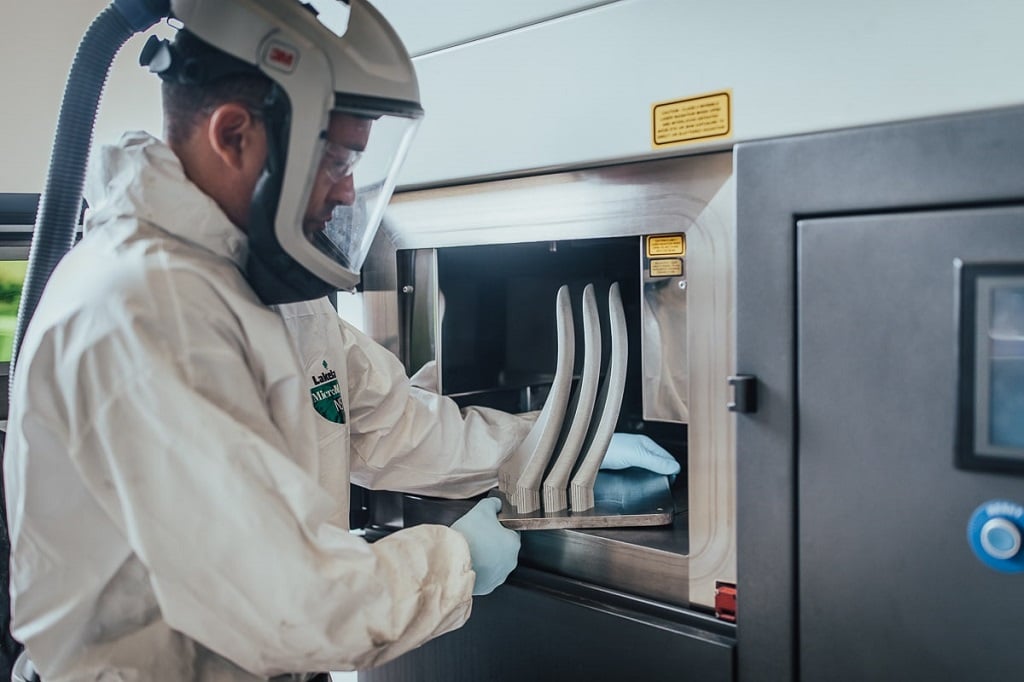
Renishaw has joined hands with the Nova Scotia Community College (NSCC) to produce two of the parts used in ocean turbines with the use of additive manufacturing.
The Partnerships
Renishaw is creating these turbines for the industrial design firm — Biome Renewables, which is based in Ontario, Canada. Biome Renewables generally focuses on creating wind turbines, so when they decided to turn their interests to tidal wave energy, they contacted the NSCC — a college known for their ocean technology and engineering research facility.
Obviously, the plastic solutions used by the college couldn’t be used for tidal wave use and so the decision was made to use metal AM to strengthen parts. This is where Renishaw plays into the equation — they were approached for their technical expertise with metal AM, which would prove crucial in the production process of the turbines.
The Turbines
Renishaw helped develop two turbine parts for Biome, which could be developed in two months, while cutting down on 80% of the costs.
One of the two is a PowerCone — a retrofit part that sits on the hub of the existing turbine and improves efficiency by 10-15 percent by allowing the blades to rotate at slower speeds. The other invention is a propeller that had a curved design with the intention of reducing drag when the blades were turning in the water.
Tests
Renishaw then built a prototype turbine by adding the PowerCone and propellers to an existing turbine. After the turbine was submerged at Stranford Loch in Northern Ireland, they discovered that their modifications produced significant levels of power over a wide range of tidal velocities.
Mark Kirby, AM Manufacturing Business Manager at Renishaw Canada, explains that:
“Additive manufacturing allowed us to produce the final parts in two months, which would be unthinkable using traditional methods. The ocean turbine project was not only a great opportunity for us to work with one of our many Canadian customers, it was a chance for us to see how metal AM can improve the efficiency of renewable sources. Tidal turbine energy is one of many growing renewable energy markets and it was really exciting to be involved in a project like this.”
Thoughts
Alternative energy research has always been a big part of my research endeavors over the past couple of years. Why use fossil fuels when you don’t have to?
This three-way partnership is particularly intriguing, because the project wouldn’t have worked without all three. Metal AM can too easily be waved off as an expensive pursuit, but with the expertise of Renishaw, they were able to cut down on 80% of the costs associated with traditional methods. I’d love to see more from this trio with regards to renewable energy (maybe even further this project with scrap metals)!
Via Renishaw
